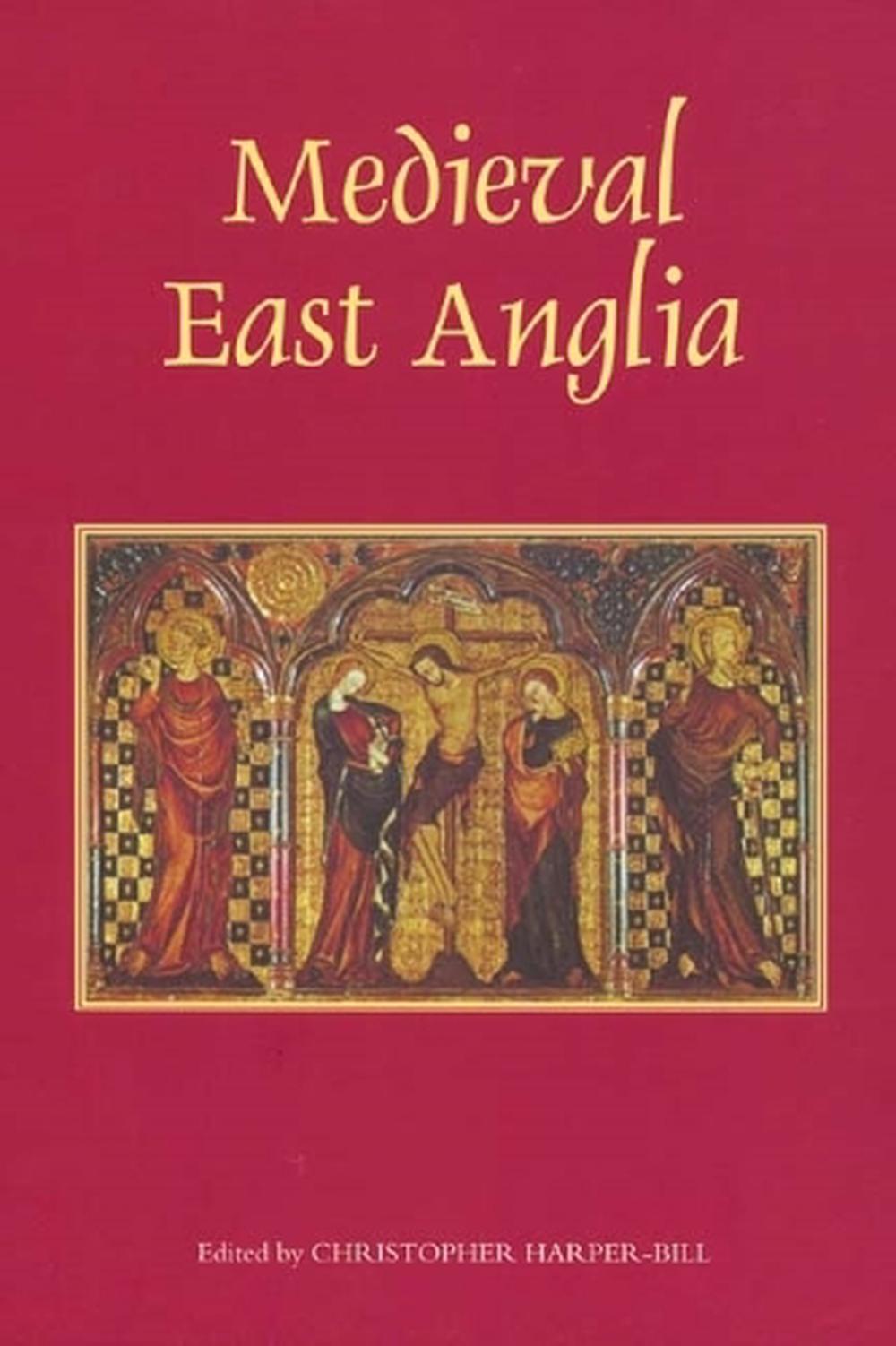
Hardcover
Medieval East Anglia - one of the most significant and prosperous parts of England in the middle ages - examined through essays on its landscape, history, religion, literature, and culture.
$550.65
- Hardcover
356 pages
- Release Date
17 November 2005
Check Delivery Options
Summary
Medi…
Book Details
| ISBN-13: | 9781843831518 |
|---|---|
| ISBN-10: | 1843831511 |
| Author: | Christopher Harper-Bill, A.E. Oliver, Brian Ayers, Carole Hill, Carole Rawcliffe, Colin Richmond, Elizabeth Rutledge, J. Campbell, Kate Parker |
| Publisher: | Boydell & Brewer Ltd |
| Imprint: | The Boydell Press |
| Format: | Hardcover |
| Number of Pages: | 356 |
| Release Date: | 17 November 2005 |
| Weight: | 944g |
| Dimensions: | 234mm x 156mm |
What They're Saying
Critics Review
The reader can only be impressed by the range of material in the volume. THE MEDIEVAL REVIEW
The reader can only be impressed by the range of material in the volume. * THE MEDIEVAL REVIEW *
About The Author
Christopher Harper-Bill
Christopher Harper-Bill is Professor of Medieval History at the University of East Anglia.
Returns
This item is eligible for free returns within 30 days of delivery. See our returns policy for further details.




